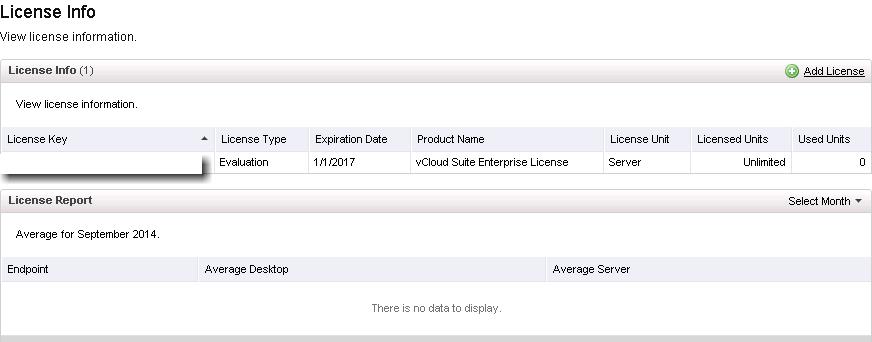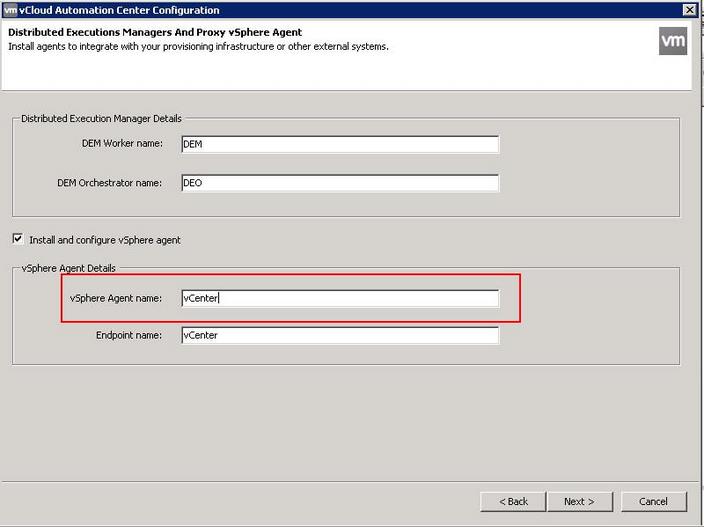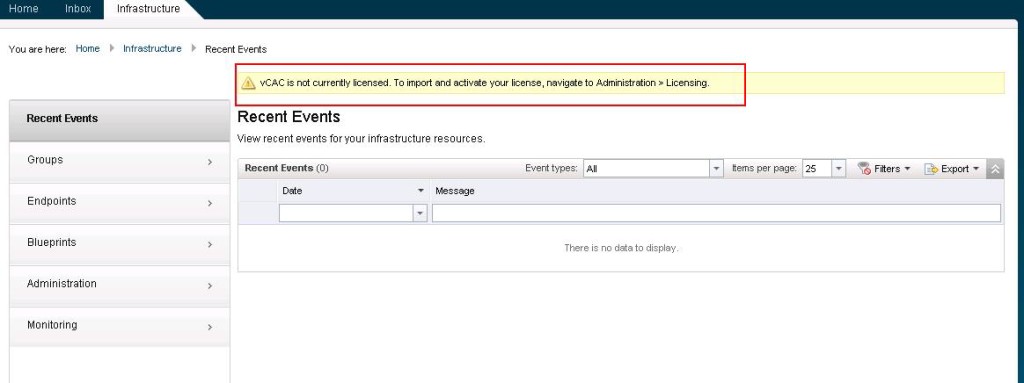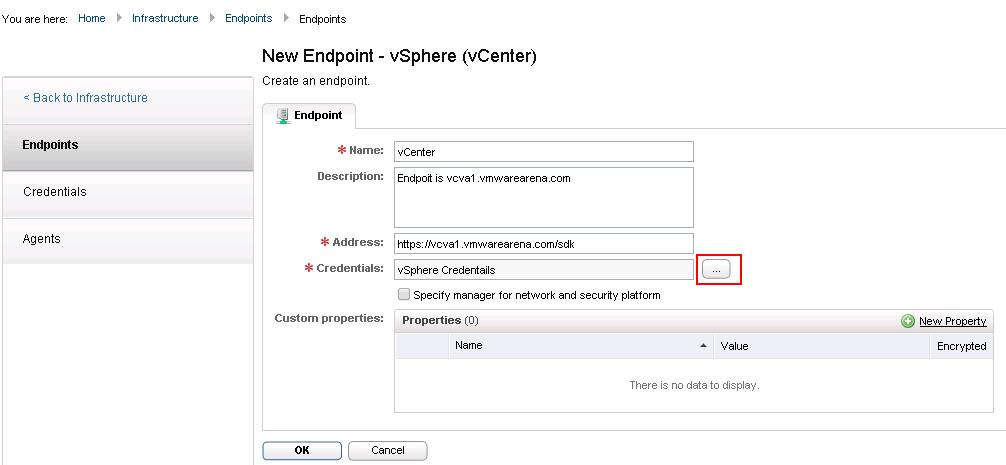Endpoints are infrastructure sources that are consumed by vCloud Automation Center. There are various types of endpoints like vCenter, vCloud Director, Hyper-v, Citrix Xen server, Physical servers like HP,DELL and Cisco, cloud platforms like Openstack, Amazon Web Services (AWS), and many more. Endpoints can be created and managed only by users with Infrastructure Administrator role privileges. vCloud Automation Center uses DEMs or agents to communicate with and manage endpoints.
Distributed Execution Managers (DEM) :
DEM executes the business logic of custom models, interacting with the IaaS database and external databases.
DEM instances can be deployed in one of two forms:
DEM Orchestrator
- Preprocesses workflows, schedules workflows, and monitors DEM Worker instances.
- Only one DEM Orchestrator is active at a given time. A standby should be deployed for redundancy.
DEM Worker
- Communicates with the external systems
- Responsible for executing workflows
Agents:
Agents, like DEMs, are used to integrate vCloud Automation Center with external systems:
- Virtualization proxy agents are used to collect data from and provision virtual machines on virtualization hosts, for example, a Hyper-V agent,a vSphere agent, or a Xen agent.
- Integration agents provide vCloud Automation Center integration with virtual desktop systems, for example, an EPI Windows PowerShell agent, or a VDI Windows PowerShell agent.
- Windows Management Instrumentation agents enable data collection from Windows machines managed by vCloud Automation Center.
During the vCAC Iaas Install process as discussed on Part 5 of this vCAC installation Series, we already installed a vSphere agent and named a vSphere agent and Endpoint name as “vCenter”. We are going to use the same endpoint name here. If you have more than 1 vCenter in your environment, then you need to install an additional vSphere Agent on the IaaS Components VM. There is a 1:1 mapping.
Specify User Credentials for Endpoints:
Administrator-level credentials for your endpoints must be stored as separate objects:
- Credentials are managed separately from endpoints because the same credentials can be used for multiple endpoints. May be you will have all the vCenter’s in your environment configured with same administrator username and password. It simplifies by specifying only once in credentials and use the same while creating multiple endpoints.
- Credentials are associated with an endpoint during or after endpoint creation.
Let’s take a look at how to create Endpoint credentials. Endpoints can be created and managed only by users with Infrastructure Administrator role privileges. So login with your Infrastructure administrator credentials.


Create EndPoints:
Navigate to Infrastructure -> Endpoints -> New Endpoint -> Virtual -> vSphere(vCenter)
1. Type the same name which is specified as Endpoint during Agent installation.
2. Enter the description for this endpoint.
3. Type the name of the vCenter sdk instance such as“https://vcentername.mycompany.com/sdk”
4. Select the credentials which you have configured in the previous step to use as credentials to authenticate this endpoint.
5. you can Choose Select the checkbox “Specify manager for network and security platform” ,if you have NSX or vCloud Networking and Security (vShield).
6. Click OK to create the endpoint.
That’s is your vCenter Endpoint will be created and appear under the Endpoints list.







